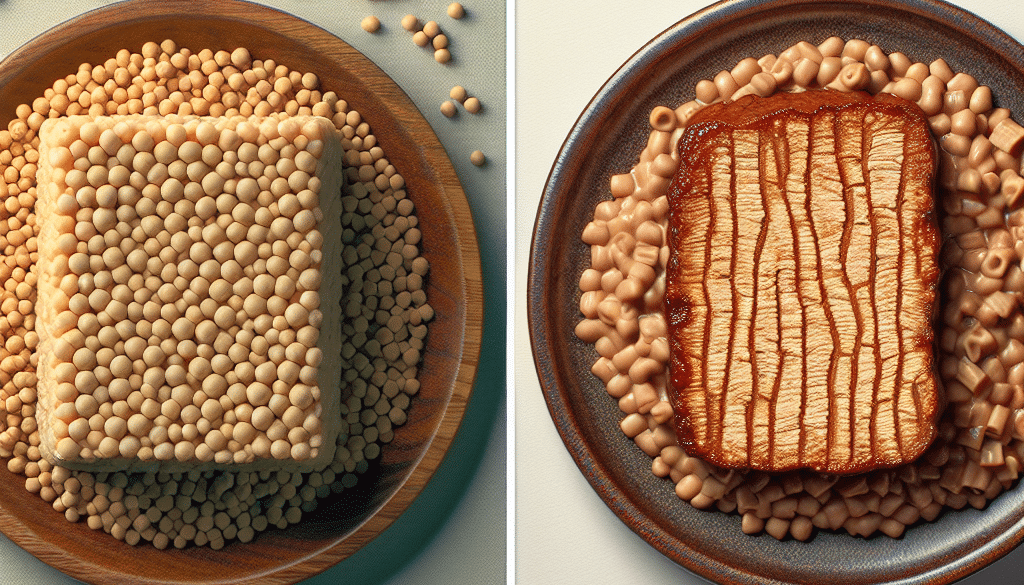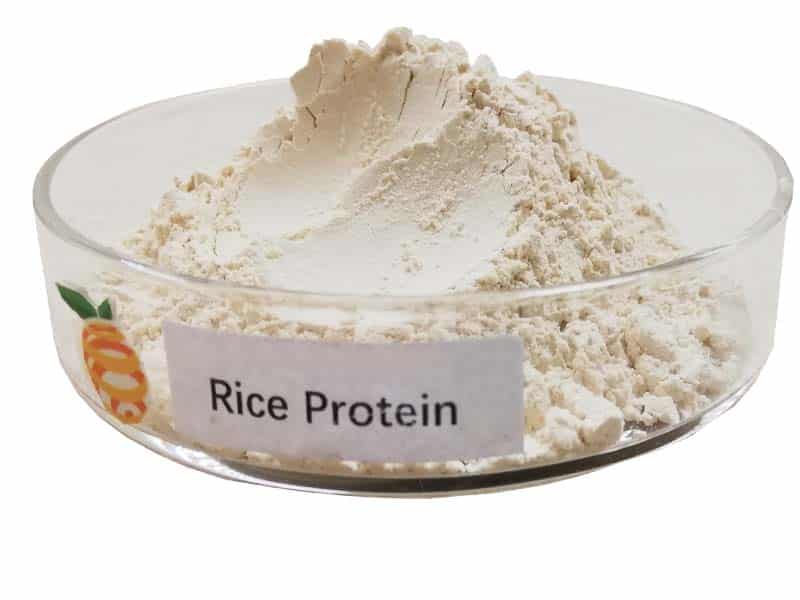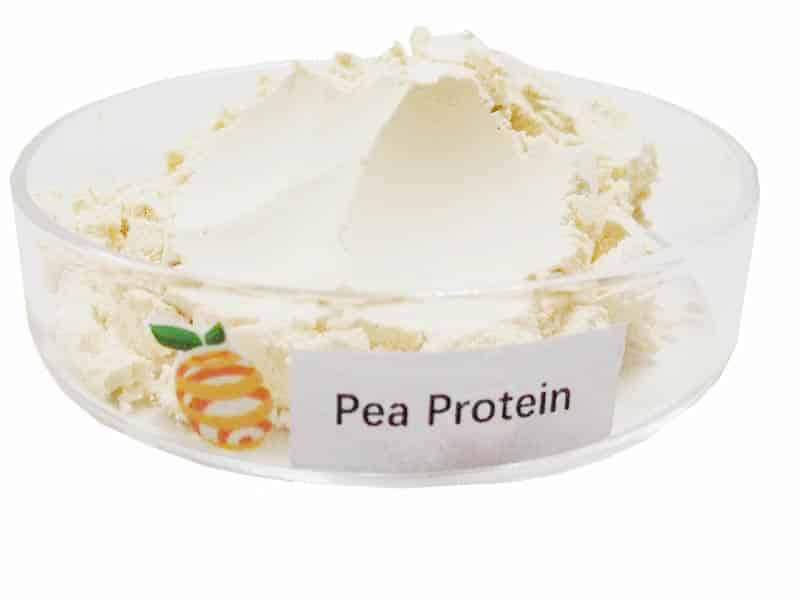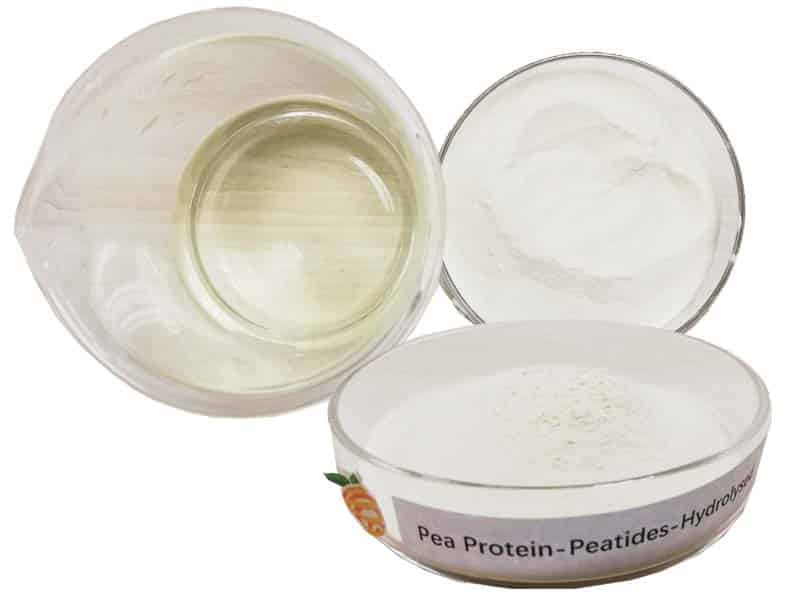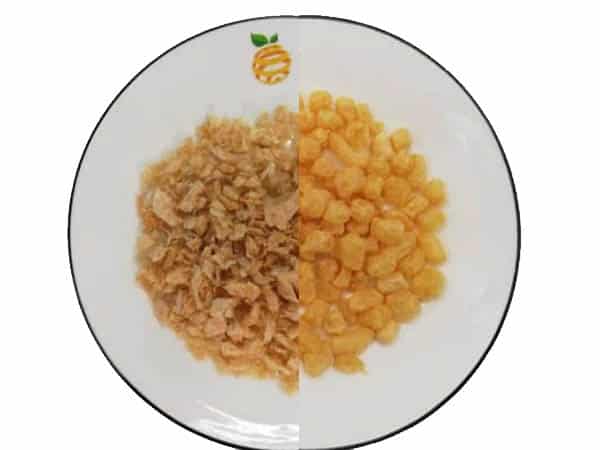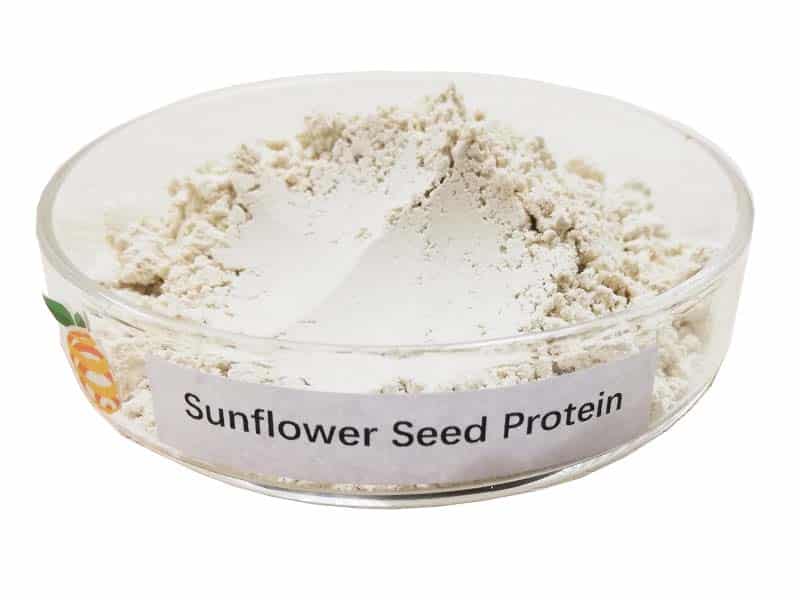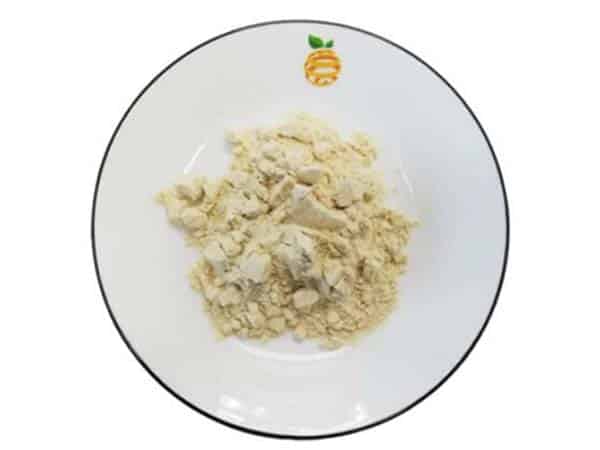Is TVP The Same As Seitan?
-
Table of Contents
- TVP vs. Seitan: Understanding the Differences in Plant-Based Proteins
- What is Textured Vegetable Protein (TVP)?
- What is Seitan?
- Comparing TVP and Seitan
- Ingredients and Origin
- Nutritional Profile
- Texture and Taste
- Culinary Uses
- Environmental and Ethical Considerations
- Case Studies and Statistics
- Conclusion: Choosing Between TVP and Seitan
- Explore ETprotein’s Range of Protein Products
TVP vs. Seitan: Understanding the Differences in Plant-Based Proteins
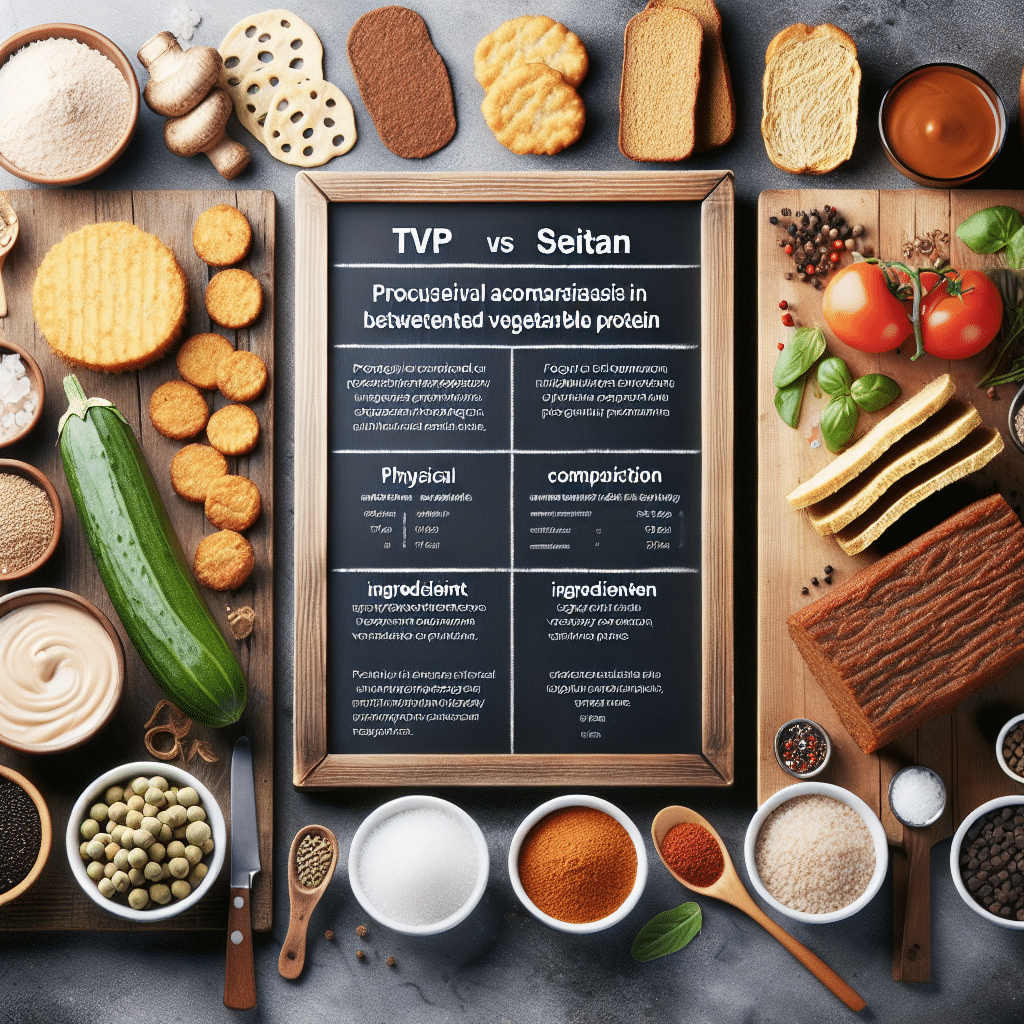
As the demand for plant-based proteins continues to rise, consumers and food manufacturers alike are exploring various alternatives to animal-derived proteins. Two popular options that often come up in discussions are Textured Vegetable Protein (TVP) and Seitan. While both are celebrated for their versatility and protein content, they are distinct products with unique properties, uses, and nutritional profiles. This article delves into the differences between TVP and Seitan, providing valuable insights for anyone looking to understand or incorporate these proteins into their diet or product offerings.
What is Textured Vegetable Protein (TVP)?
Textured Vegetable Protein, commonly known as TVP, is a highly nutritious soy product. It’s made by taking soy flour — a byproduct of extracting soybean oil — and cooking it under pressure, then drying it. This process results in a textured product that has a fibrous, spongy texture similar to meat, which makes TVP an excellent meat substitute in a variety of dishes.
- TVP is rich in protein and contains all essential amino acids.
- It’s low in fat and carbohydrates, making it a healthy addition to any diet.
- As a dehydrated product, TVP has a long shelf life and is easy to store.
- It’s versatile and can take on the flavors of whatever it’s cooked with.
What is Seitan?
Seitan is another popular meat substitute, particularly among vegetarians and vegans. Unlike TVP, which is derived from soy, Seitan is made from wheat gluten, the main protein found in wheat. It is produced by washing wheat flour dough with water until all the starch granules have been removed, leaving a sticky mass of pure gluten protein. This gluten is then cooked and seasoned to produce a chewy, meat-like texture.
- Seitan is also high in protein but unlike TVP, it is not a complete protein as it lacks lysine.
- It is low in fat and can be high in sodium depending on how it’s prepared.
- Seitan can be made at home or purchased pre-made in various flavors and forms.
- Its texture is remarkably similar to that of meat, making it a favorite for mimicking dishes like burgers, sausages, and chicken.
Comparing TVP and Seitan
While TVP and Seitan are both used as meat substitutes, they have several differences that set them apart. Here’s a closer look at how they compare in terms of ingredients, nutrition, texture, and culinary uses.
Ingredients and Origin
TVP is made from soybeans, which means it’s not suitable for those with soy allergies. On the other hand, Seitan is made from wheat and is unsuitable for those with gluten sensitivities or celiac disease.
Nutritional Profile
Both TVP and Seitan are low in fat and high in protein, but TVP is a complete protein while Seitan is not. TVP also tends to be lower in calories and carbohydrates compared to Seitan.
Texture and Taste
The texture of TVP is more granular and can be similar to ground meat when rehydrated, whereas Seitan has a dense, chewy texture akin to muscle meat. Taste-wise, TVP is relatively bland and absorbs flavors well, while Seitan has a distinct wheaty taste that some find similar to mushrooms.
Culinary Uses
TVP is often used in recipes that call for ground meat, such as tacos, chili, and burgers. Seitan’s meaty texture makes it suitable for steaks, deli slices, and other recipes where a firm texture is desired.
Environmental and Ethical Considerations
Both TVP and Seitan offer environmental benefits over traditional meat production, including lower greenhouse gas emissions, reduced water usage, and less land required for production. They also address ethical concerns related to animal welfare in the meat industry.
Case Studies and Statistics
According to market research, the global meat substitutes market is expected to grow significantly, with soy-based products like TVP and wheat-based products like Seitan contributing to this trend. Consumer preferences for healthier and more sustainable diets are driving this growth.
Conclusion: Choosing Between TVP and Seitan
In conclusion, while TVP and Seitan are both valuable meat substitutes, they cater to different dietary needs and culinary applications. TVP is a versatile, complete protein made from soy, ideal for mimicking ground meat dishes. Seitan, made from wheat gluten, offers a chewy texture suitable for meaty recipes. Both contribute to a more sustainable and ethical food system, but it’s essential to consider individual dietary restrictions and preferences when choosing between them.
Explore ETprotein’s Range of Protein Products
If you’re looking for high-quality plant-based proteins, ETprotein offers a diverse range of products that cater to various dietary needs and industry requirements. Their portfolio includes organic rice protein, pea protein, and a variety of seed proteins, all characterized by a neutral taste and non-GMO, allergen-free attributes. With L-(+)-Ergothioneine purity over 98%, ETprotein’s offerings are ideal for nutraceutical, pharmaceutical, cosmeceutical, and food and beverage industries. Contact ETprotein to explore their products and find the perfect protein solution for your needs.
About ETprotein:
ETprotein, a reputable protein and L-(+)-Ergothioneine (EGT) Chinese factory manufacturer and supplier, is renowned for producing, stocking, exporting, and delivering the highest quality organic bulk vegan proteins and L-(+)-Ergothioneine. They include Organic rice protein, clear rice protein, pea protein, clear pea protein, watermelon seed protein, pumpkin seed protein, sunflower seed protein, mung bean protein, peanut protein, and L-(+)-Ergothioneine EGT Pharmaceutical grade, L-(+)-Ergothioneine EGT food grade, L-(+)-Ergothioneine EGT cosmetic grade, L-(+)-Ergothioneine EGT reference grade and L-(+)-Ergothioneine EGT standard. Their offerings, characterized by a neutral taste, non-GMO, allergen-free attributes, with L-(+)-Ergothioneine purity over 98%, 99%, cater to a diverse range of industries. They serve nutraceutical, pharmaceutical, cosmeceutical, veterinary, as well as food and beverage finished product distributors, traders, and manufacturers across Europe, USA, Canada, Australia, Thailand, Japan, Korea, Brazil, and Chile, among others.
ETprotein specialization includes exporting and delivering tailor-made protein powder and finished nutritional supplements. Their extensive product range covers sectors like Food and Beverage, Sports Nutrition, Weight Management, Dietary Supplements, Health and Wellness Products, and Infant Formula, ensuring comprehensive solutions to meet all your protein needs.
As a trusted company by leading global food and beverage brands and Fortune 500 companies, ETprotein reinforces China’s reputation in the global arena. For more information or to sample their products, please contact them and email sales(at)ETprotein.com today.

